LGBTQ+ representation in film has always been quite complicated. Whether that be through complete erasure entirely, using gay characters for laughs, or making them villains (via Stacker). And because of the Hays Code, an industry-set guideline that forbids the depiction of queerness in Hollywood films, characters were often coded to be queer without explicitly saying so. For decades, that was all the representation granted to queer and trans people in the early film era until the 70s, which saw a rising popularity in queer camp because of films like The Rocky Horror Picture Show.
But you'd assume now, at a time when gay marriage is legalized nationwide, things would've been drastically different. Even as queerness and gender expression became a little more tolerated in the 70s and beyond, major Hollywood studios rarely budged. Although they might've finally been depicting gay characters out and proud — usually in supporting roles — it almost always ended with them being killed, a trope now coined, "bury your gays." This was because queer characters are often seen as expendable or that their stories only have value when they're tragic. Queer coding also hasn't faded away in recent times, even going so far as sometimes becoming queer baiting, a marketing technique where creators hint at a same-sex romance but never actually depict it. While that doesn't sound as bad as other ways LGBTQ+ people have been depicted, Health pointed out that it can be just as harmful because it perpetuates the idea that same-sex relationships aren't normal and shouldn't be seen the same way as heterosexual relationships.
With the lack of representation during the entire history of film, it's only natural that people in the LGBTQ+ community began to latch onto characters, explicitly gay or not, as representation. These are some of the movie characters that became LGBTQ+ icons.
Updated on August 28th, 2023, by Gargi Chatterjee: This article has been updated with additional content to keep the discussion fresh and relevant with even more information and new entries.
12 Elsa
Frozen (2013)
The famous ice queen became an LGBTQ+ icon after the release of the first Frozen movie and since then, fans demanded that she come out as a lesbian in the sequel. Lesbians specifically have always been ignored in all forms of media compared to gay men. Anything that wasn't just purely sexualizing of a lesbian was rarely ever seen, if seen at all, so when fans began to pick at small details pointing towards the queer-coding of Elsa, they ran with it as one of the few pieces of representation they could find.
And while it's yet to be confirmed if she is queer, it hasn't been confirmed that she's straight, and for many of those in the community, that's good enough. But aside from explicitly pointing out her sexuality, much of Elsa's character feels queer-coded because she reflects much of what queer people feel and are treated: as freaks who are forced to conceal their feelings by their parents.
11 Harley Quinn
Suicide Squad (2016)
Harley Quinn is one of the most famous characters to ever come out of both the DC Comics and the DCEU movies. Portrayed on screen by actress Margot Robbie, Quinn won everyone's hearts with her quirky character. The journey of Harley Quinn becoming an LGBTQ+ icon was not farfetched since in the comics, she has a romantic relationship with Poison Ivy. Even though in the movies she is first seen with The Joker, in Birds of Prey, he leaves her, and she learns a lesson about being on her own and continuing to be a badass.
In the 2021 movie The Suicide Squad she is seen going on a mission and wreaking havoc with a new Suicide Squad. Harley Quinn is an iconic queer character whose relationship with Poison Ivy has not been in a movie just yet, but they are canonically lovers in the show Harley Quinn and also in several DC Comics, making her an LGBTQ+ icon.
10 Mulan
Mulan (1998)
Disney's Mulan has a song on their soundtrack that says, "When will my reflection show who I am inside," and while Disney probably had no intention for it, it sounds very similar to the feeling of gender dysphoria that is experienced by transgender and non-binary people. The film follows the titular character who struggles with the traditional feminine role in China as she chooses to cross-dress into a man to fight for China to prevent her elderly father from having to go. So, whether Disney intended to transcode the film or not, it does feel at least a little bit intentional.
Mulan is not transgender in the film, and at the end of the movie goes back to presenting as a woman after helping China defeat The Huns, but the mark left on trans and non-binary viewers remains because it was one of the few times, especially back during its release in the late-90s, that the trans community felt represented and, as such, they could relate to a popular Disney character that didn't feel like a mockery of trans people. And in ABC's (owned by Disney) show, Once Upon a Time, Mulan is depicted as bisexual, more or less confirming the queer subtext in the original animated film.
9 Venom and Eddie Brock
Venom (2018)
Indeed, Eddie and Venom are not officially together in the movies, but that does not stop them from being queer icons that the internet loves. In the 2018 movie Venom and the 2021 movie Venom: Let There Be Carnage, Eddie and Venom are very close to each other, but that comes with sharing one body. But what makes them queer icons is the fact that in the comic books, the two are canonically together.
The fans kept hoping for a confirmation of them being together in the movies as well, but none officially came. However, with how close the two of them are, we can hope to see their relationship progress on screen as well. For now, fans are content with their friendly banter and homicidal tendencies. Venom truly is the internet's most beloved symbiote, and Eddie loves him too.
8 Jedediah & Octavius
Night at the Museum (2006)
A classic tale of enemies to lovers? Jedediah and Octavius were supporting characters in the Night of the Museum franchise, where they were part of the museum in their separate diorama displays that came to life every night. Jedediah, a wild west cowboy, and Octavius, an ancient Roman, are first introduced to us as enemies who always bickered and always tried to invade each other's diorama. But as the films go on, they not only resolve their differences but become inseparable best friends who always look out for each other. Fans of the films became interested in the relationship the two shared which often felt more romantic than Platonic.
But it wasn't just fan speculation — there have been hints that the two were indeed in a romantic relationship, starting from the first movie. When the two are working together in a rather dangerous situation towards the end of the first film, Jedediah shouts to Octavius, "I ain't quitting you!" A reference to the popular LGBTQ+ film, Brokeback Mountain, starring Heath Ledger and Jake Gyllenhaal, who play two cowboys who develop a romantic relationship that spans years of their lives, a queer film that helped define culture mainstream.
7 Loki
Thor (2011)
Loki, the beloved Norse God of mischief is not only a fan-favorite character from the MCU but also a queer icon that the internet loves. The character of Loki, played by Tom Hiddleston, has appeared in many MCU movies. Loki's character in the comic books has long since been established as gender-fluid. Even in Norse mythology, Loki is notoriously famous for being able to shape-shift into anything.
We know that gender is not a boundary for Loki when he turns into an animal to scare his brother Thor. His journey of being an LGBTQ+ icon reached a peak when Loki was declared to be bisexual in the Disney+ series Loki, making him the first queer character in the MCU. Being the brother of Thor, famous on the internet for being a protector of lesbians, we know that Loki will have full support from his brother in his journey. The internet too, loves him, despite his morally gray tendencies.
6 Ursula
The Little Mermaid (1989)
The story of The Little Mermaid is already known to be gay-coded. Originally a tale of unrequited gay love written in 1837 by Hans Christian Anderson, a Danish writer who was believed to be bisexual, as a love letter to a man he was in love with. More than a century later, the story would be adapted into an animated film by Disney, and with that, the tale of unrequited gay love was mostly forgotten and replaced by a kid-friendly toned-down version of the story (the original ending was, to say the least, not so happily ever after).
But despite the underlying gay love letter being erased, the animated film still kept some connection to the LGBTQ+ community through its antagonist, Ursula, an evil sea witch. The character's appearance was largely inspired by real-life American actor and drag queen, Divine, sharing strong similarities to her in make-up, body type, and jewelry.
5 Scar
The Lion King (1994)
As an animal character, Scar's place in this list is a bit dubious, however, it is Disney's fault for making him so queer-coded. Scar is indeed the villain of the movie The Lion King and really, nobody is trying to justify his murderous actions.
But on the other hand, Scar is sassy, cunning, and dramatic, making him a very enticing character that has all the qualities to become a queer icon. The internet loves Scar, despite him murdering his brother. From his character design to his mannerisms, Scar was designed to become an LGBTQ+ icon that we just cannot hate.
4 Dorothy
The Wizard of Oz (1939)
The original books that The Wizard of Oz is based on were a lot queerer than people realize. With strong women characters in close friendships with each other, gender-bending characters, and a line said by Dorothy herself when told that her friends are queer, "the queerness doesn't matter, so long as they're friends!" And is most likely where the phrase once used to describe a gay man — "a friend of Dorothy" — comes from.
The iconic film was released way back in 1939 and was also quite queer, with vibrant colors and campy costumes not to mention that the film's star, Judy Garland, became an LGBTQ+ icon herself for her support of the community and alignment with the campy aesthetic. And a fun fact: the Stonewall riots took place in the early mornings after Garland's funeral. Now, the film is finally going to depict its originally queer themes with a Wizard of Oz remake that will include LGBTQ+ representation.
3 Neo
The Matrix (1999)
The internet has been divided o the topic for a long time, is Neo from The Matrix a queer character? And the answer is yes. The movies are filled with many Easter eggs that let us know that Neo is a trans character going through the journey of transitioning.
It all comes to a head in the latest movie in the franchise The Matrix Resurrection (2021). Neo and Trinity are both said to be trans characters who are in love with each other, making their story that much sweeter. A lot of fans of The Matrix franchise fell in love with the character of Neo and his journey to become his true self, making him one of the most iconic LGBTQ+ characters of all time.
2 Li Shang
Mulan (1998)
The male lead from Disney's Mulan, Li Shang, became a bisexual icon following the release of the animated film. Tasked with the job of training a group of men (including Mulan in drag as Ping) for the war against the Huns, Shang sees very little promise in Ping until he begins to notice him train harder and perform better. From there on, the relationship between the two changes, which is where most people believe he begins to develop feelings for Ping, not Mulan just yet.
He's seen giving Ping a look reminiscent of the way a Disney Prince looks at a Princess. While it could be mistaken for Shang simply being proud to see Ping become a fierce warrior, many young queer kids felt connected to the character and latched onto the character, believing he represented them and was bisexual.
1 Mr. Babadook
The Babadook (2014)
Lastly, and oddly enough, The Babadook, the titular monster from the popular horror movie, became an LGBTQ+ icon for perhaps the weirdest and simplest reason. Originally beginning as a joke on Tumblr that The Babadook was gay, the joke spread all over the internet and eventually became a representation of the LGBTQ+ community. The memes continued to spread until soon they became edited pictures from the movie The Babadook repping a gay flag or dressed up for pride.
So, funny enough, The Babadook is a queer icon by simply being in the right place at the right time for an internet joke, but regardless, for a while, the monster was the face of the LGBTQ+ community. This goes to show how lack of representation made the community go searching for it wherever they could find it.
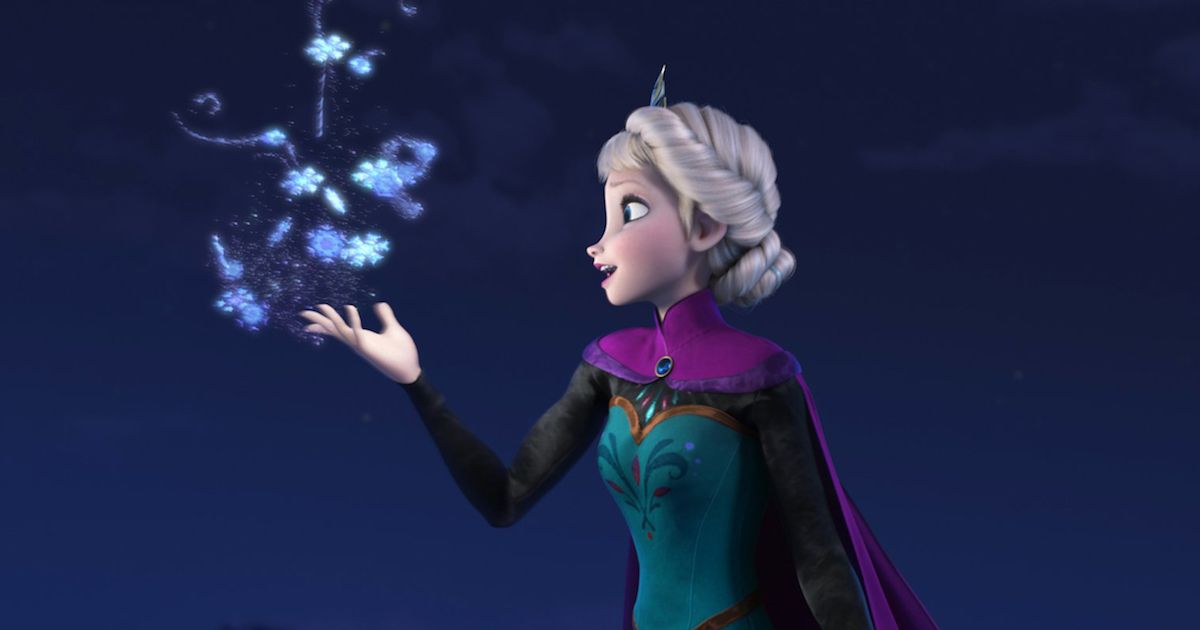
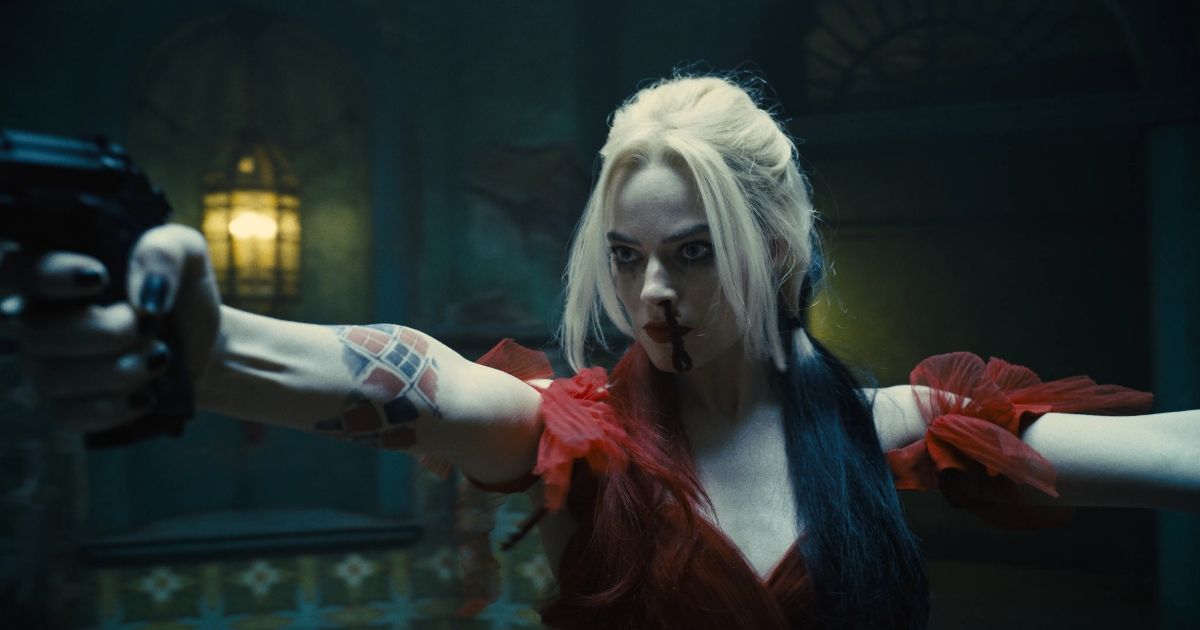
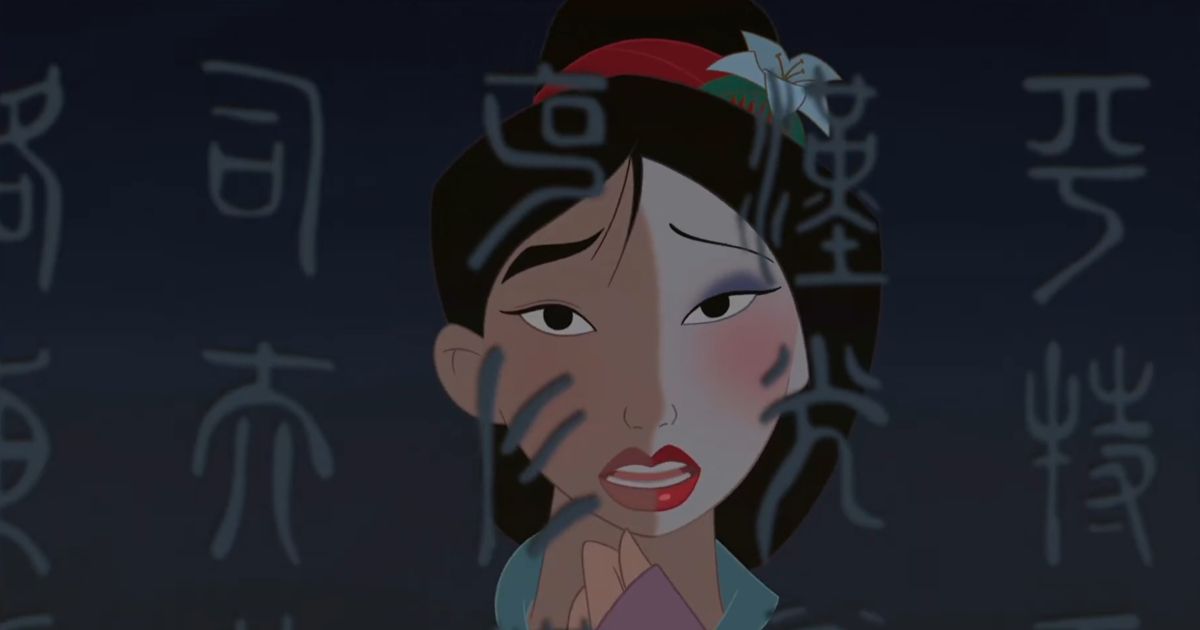
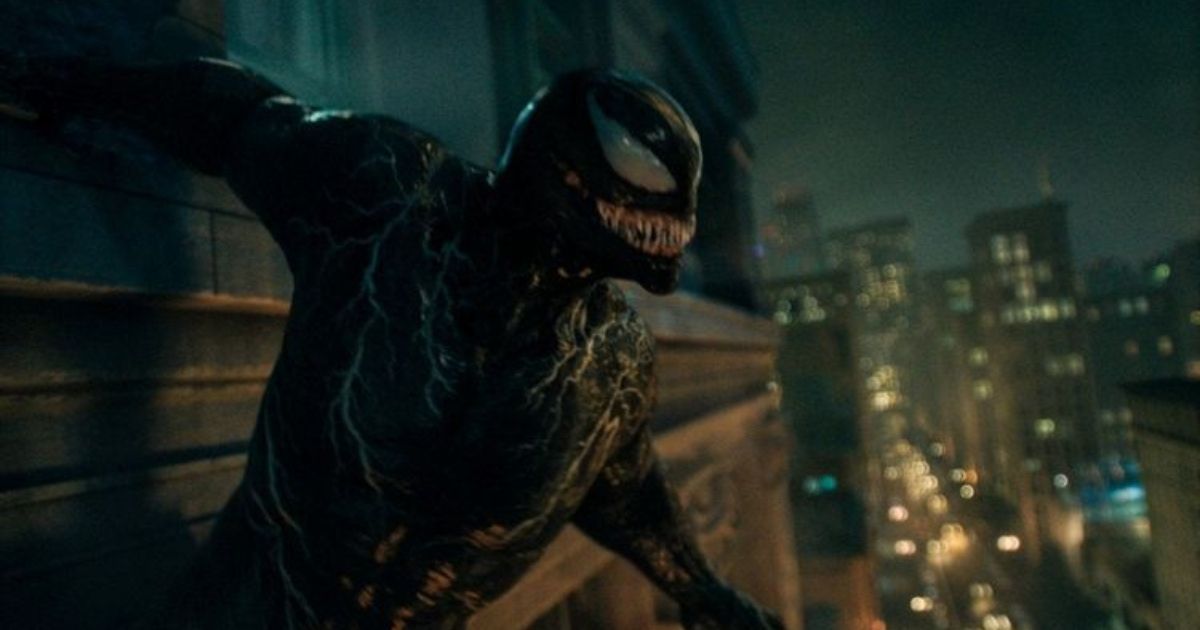
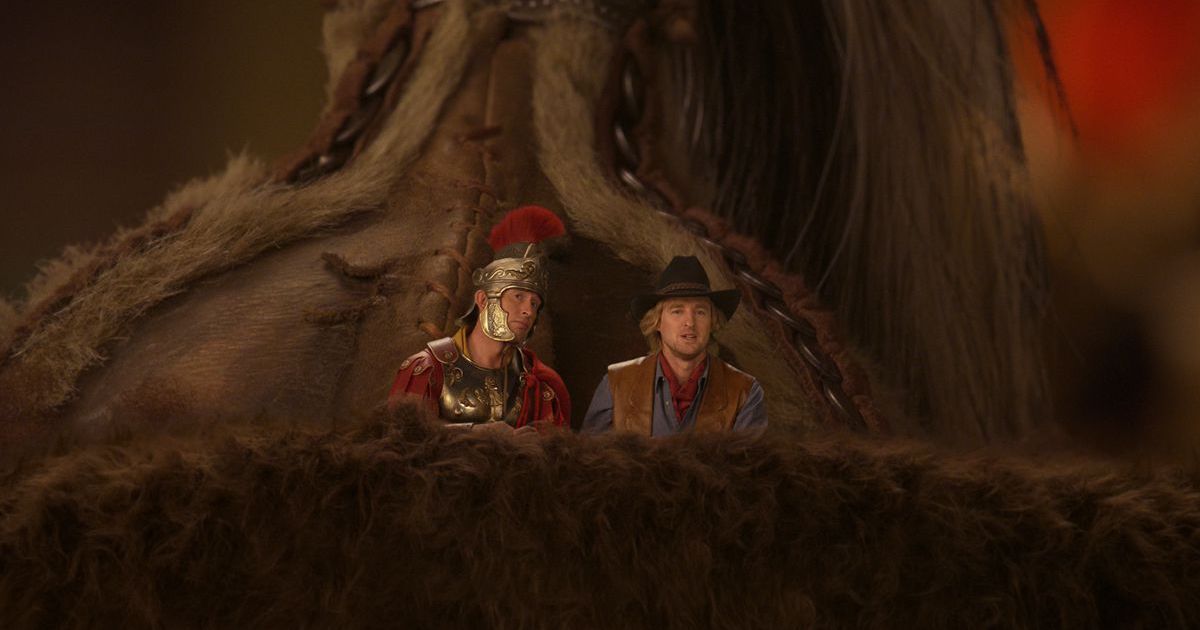
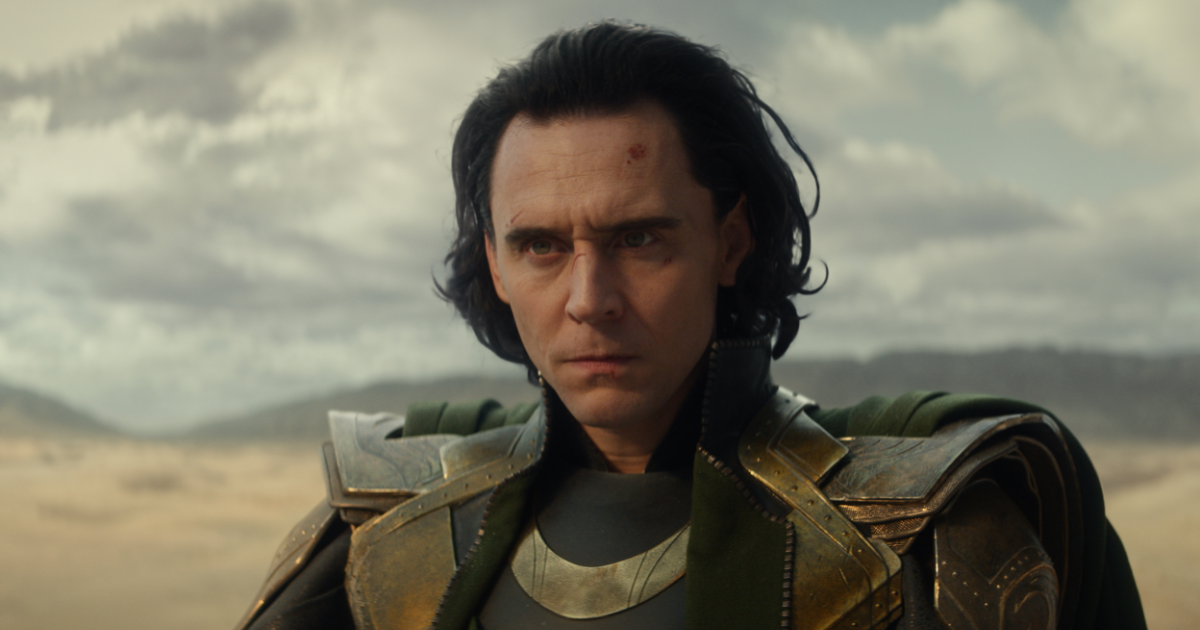
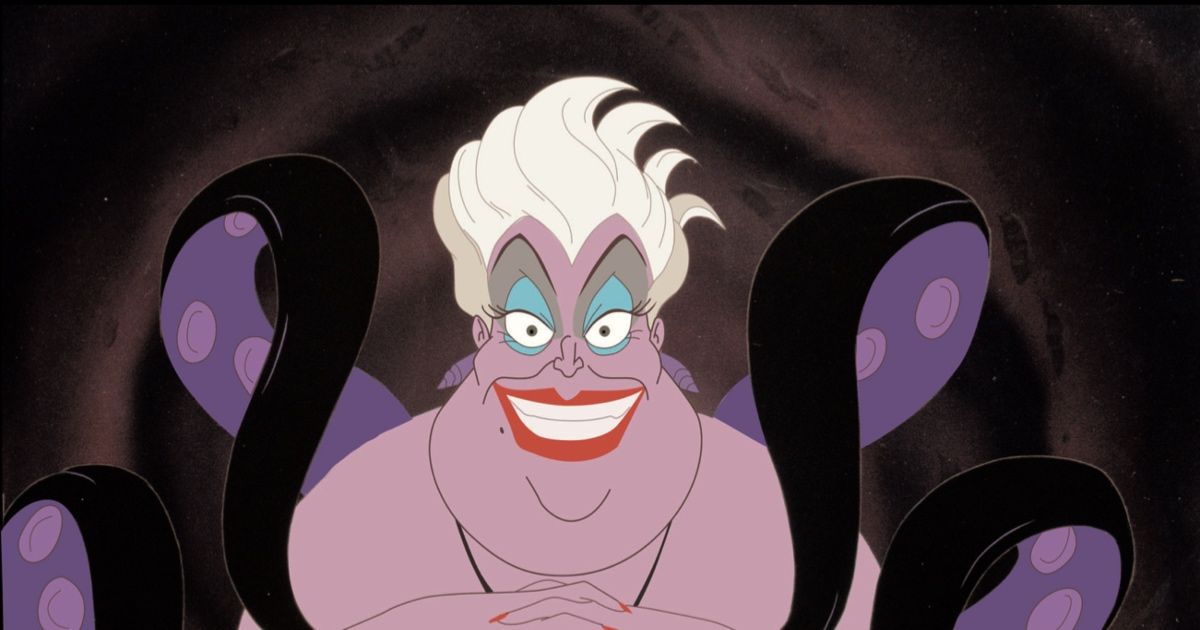
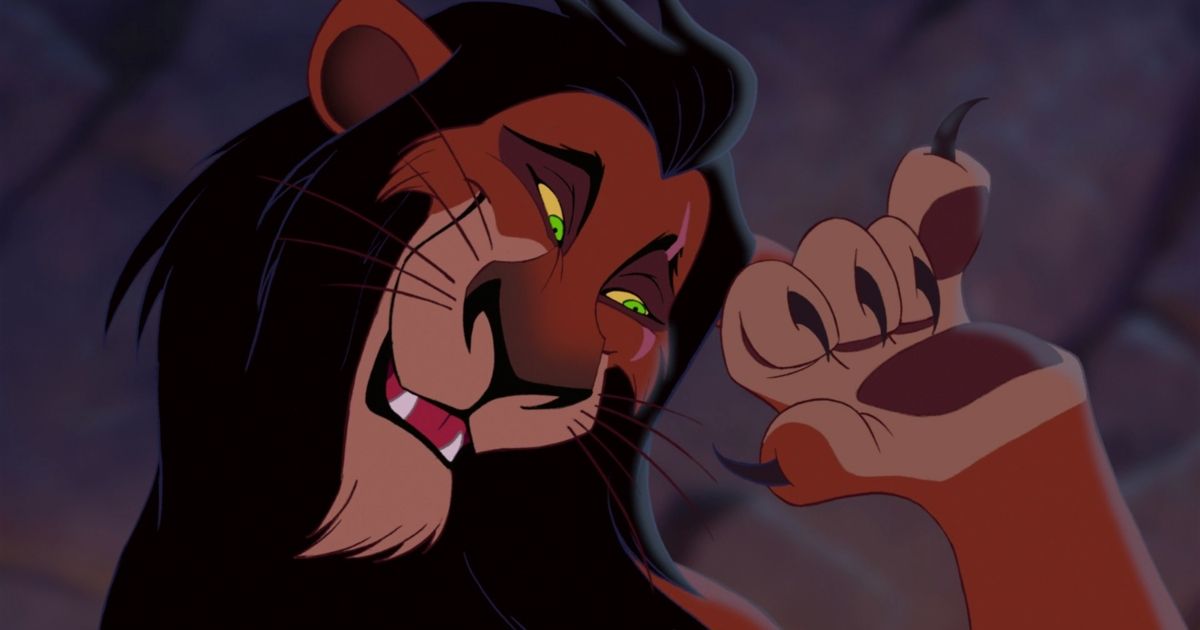
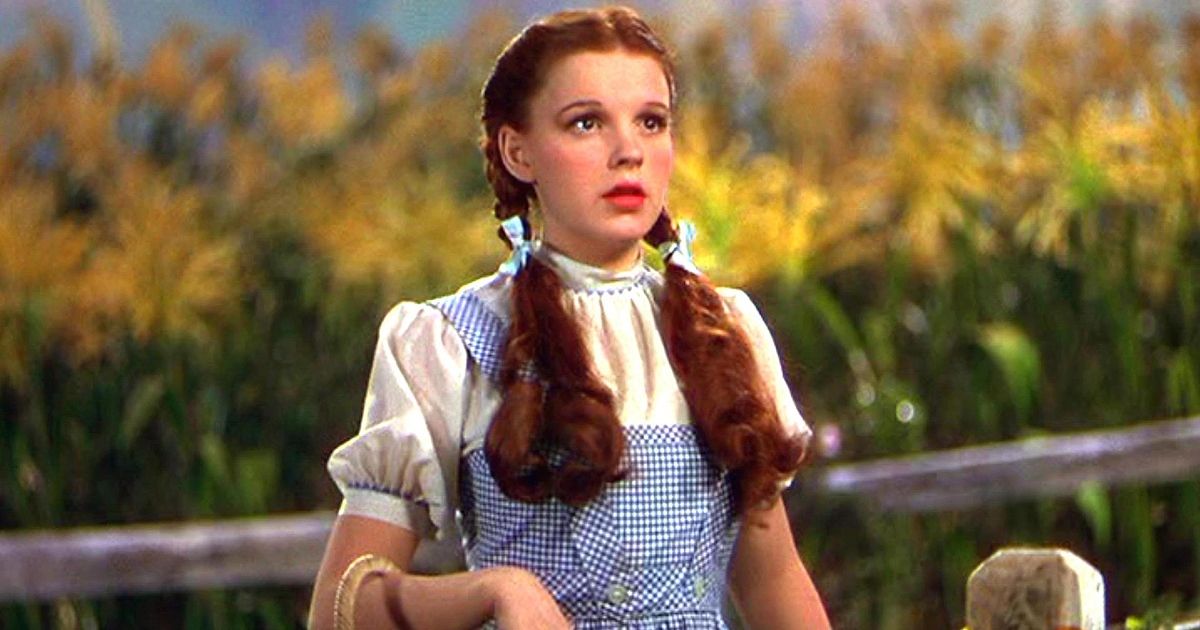
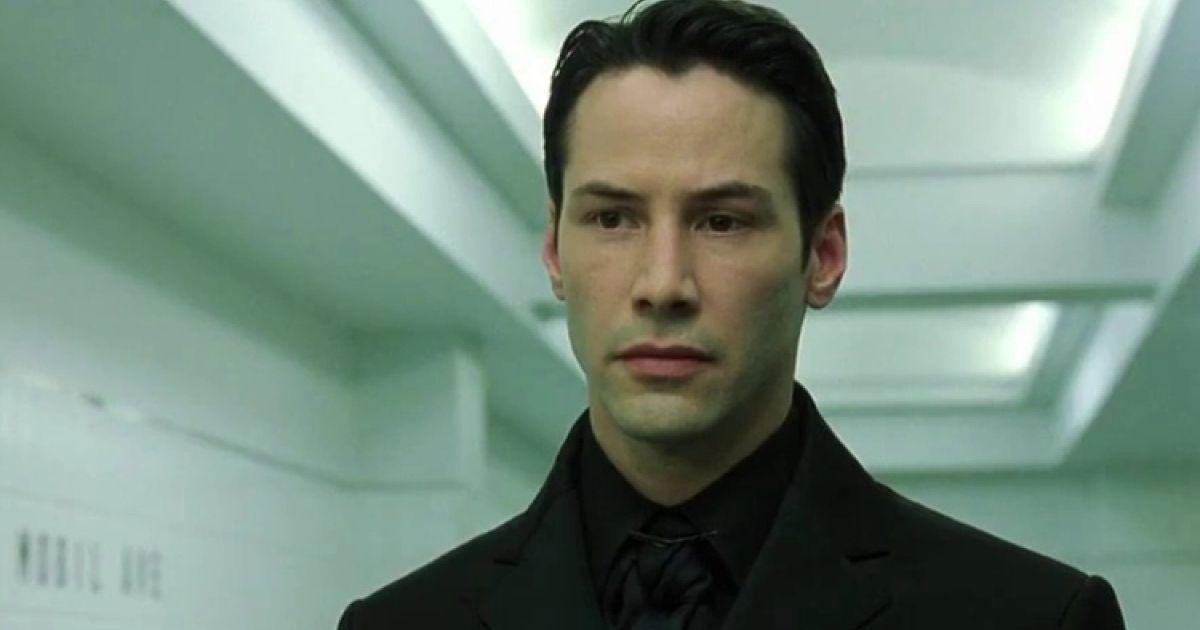
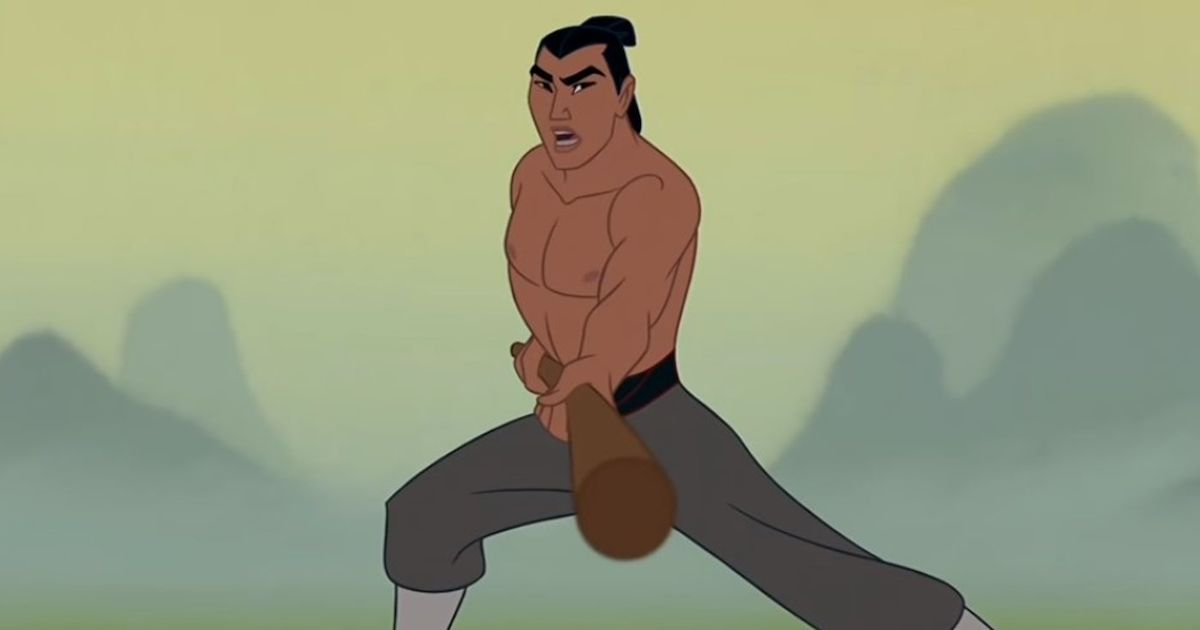
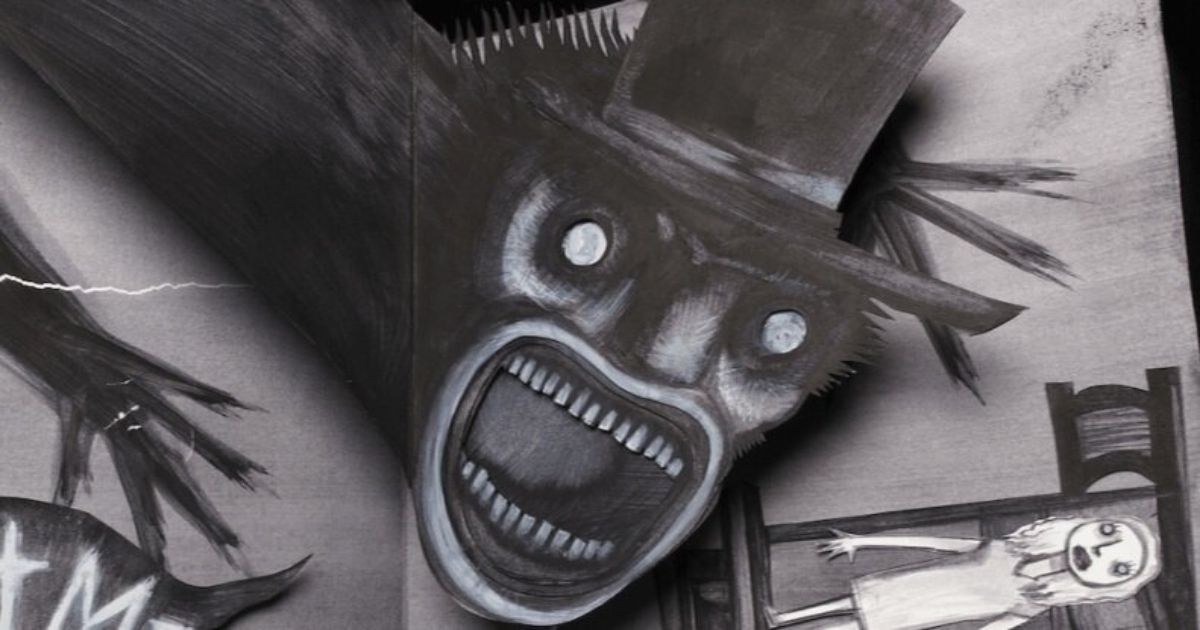
Comments
Post a Comment